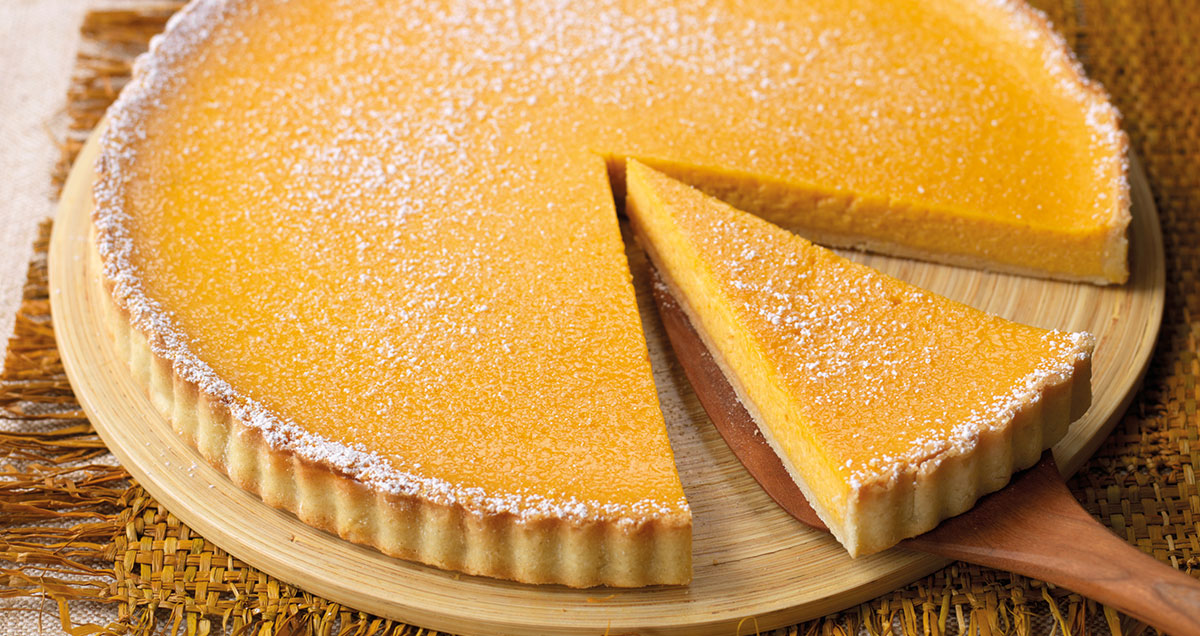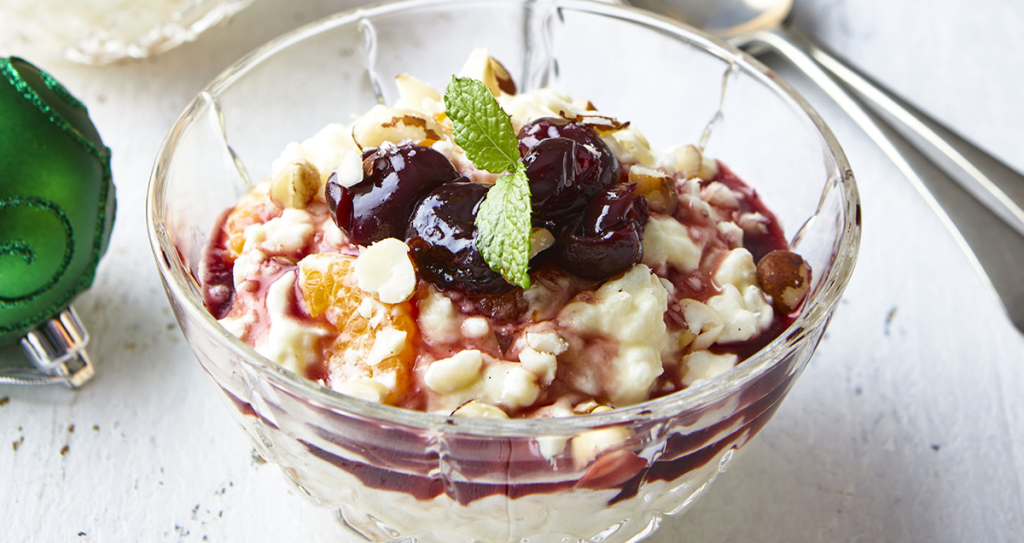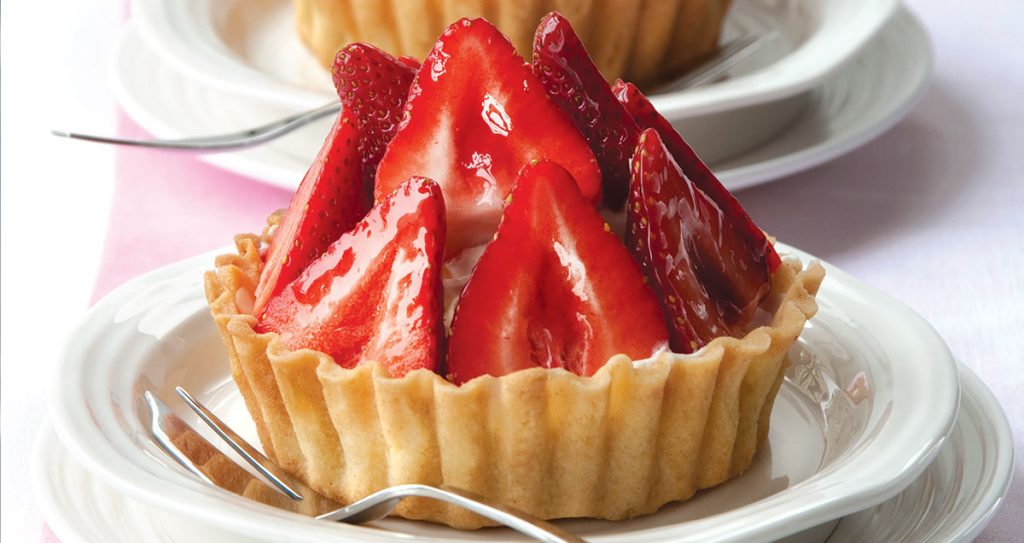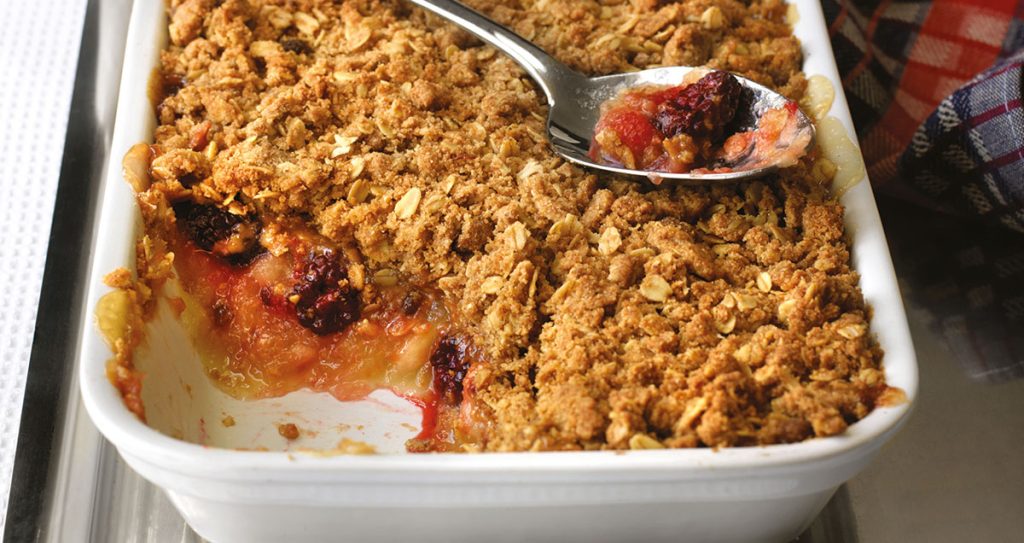, Step by step
Ginger, orange, and squash pie

The versatile squash can not only be roasted, baked, mashed, or made into soup, but it's also a delicious dessert ingredient!
Method
-
Step 1
Line an 18cm flan ring with the pastry dough and bake blind.
-
Step 2
Cut the squash in half and peel off the outside skin of one half. Take out all the seeds and roughly chop the flesh.
-
Step 3
Place the butter, demerara sugar and squash into a pan and slowly cook over low heat. Add the ginger and cinnamon after 5 minutes and continue to cook. When the squash is soft and fully cooked, place into a food processor and blend to a smooth paste. Leave to cool
-
Step 4
Place the purée into a large mixing bowl and add the eggs, sugar, milk, ground almonds and orange zest. Mix thoroughly.
-
Step 5
Add the mix to the pastry case and bake at 150°C for 35 to 40 minutes or until set. (It should just wobble in the middle when slightly shaken in the oven.)
-
Step 6
Leave to cool completely. Try serving with low fat crème fraîche.
Nutrition
Squashes derive their name from ‘askutasquash’, meaning ‘a green thing eaten raw’ in the language of the indigenous people of Massachusetts.
Archaeological evidence suggests that squashes were one of the staple crops of native North Americans, grown together with maize and beans – known as the Three Sisters system of agriculture because each crop encouraged the growth of the other two.
Squashes are classified botanically as fruit because they bear seeds. They come in all shapes, sizes and colours – butternut, patty pan, onion and kabocha – to name a few. They can be eaten roasted, baked or mashed, or made into soup. They can be a delicious dessert ingredient too!
The orange-yellow flesh of squashes contains carotene pigments that our bodies make into vitamin A, which we need for healthy skin, vision and our immune systems, as well as vitamin C.
DR JULIET GRAY, COMPANY NUTRITIONIST


